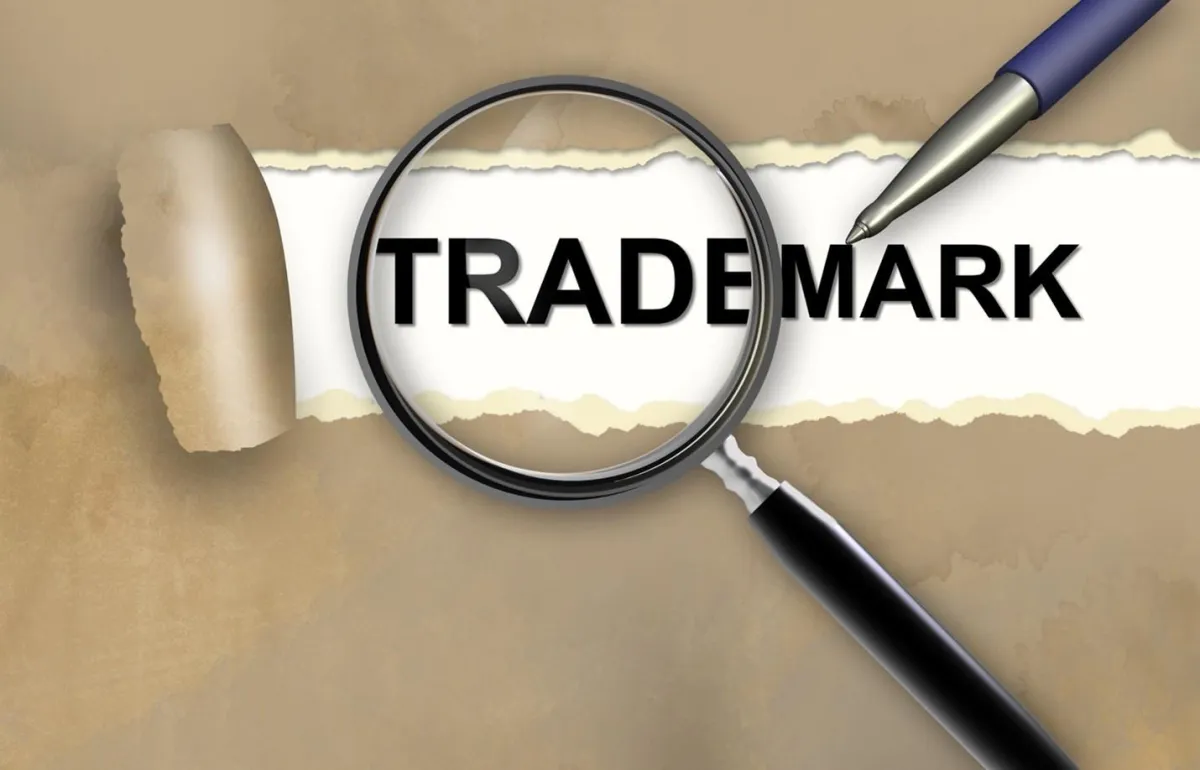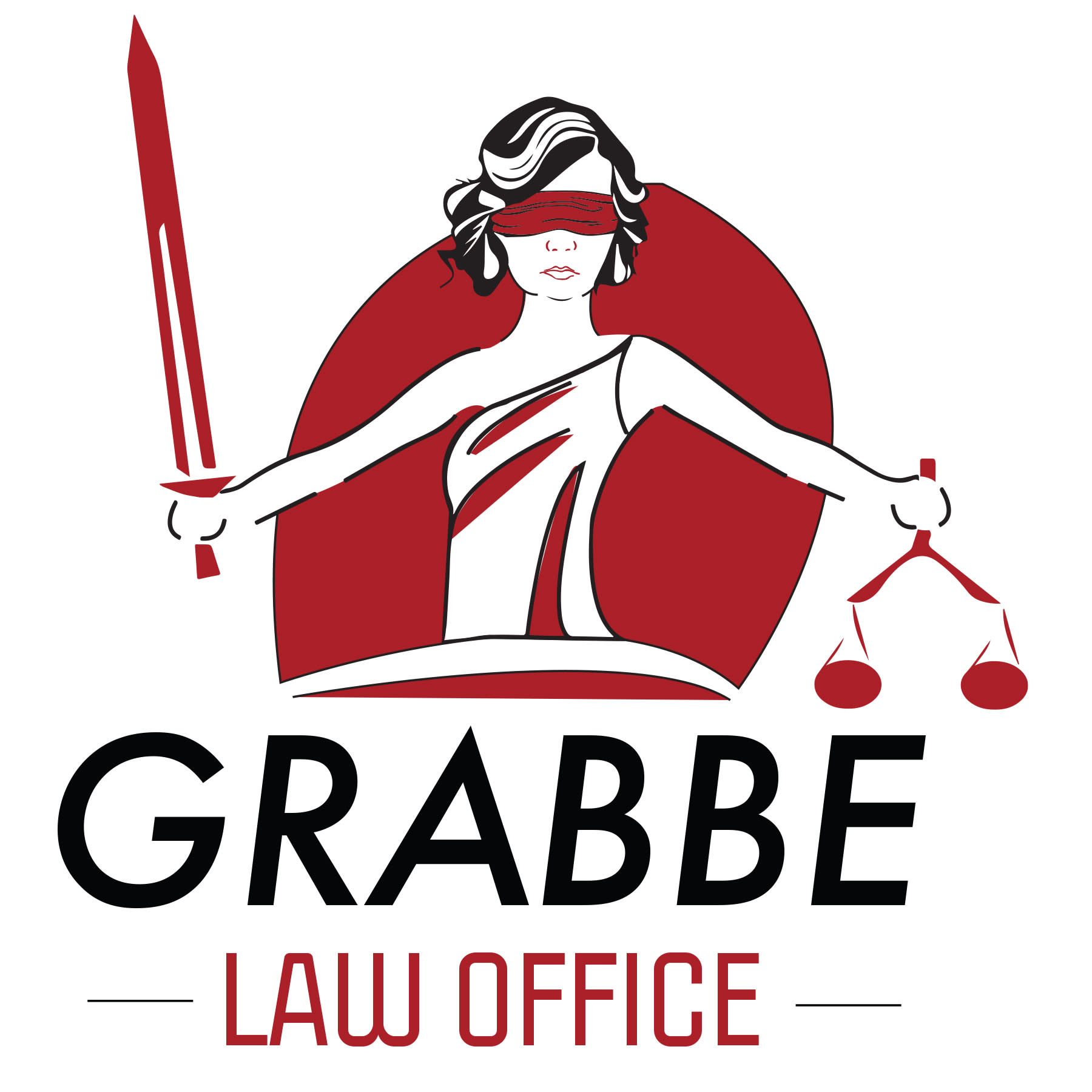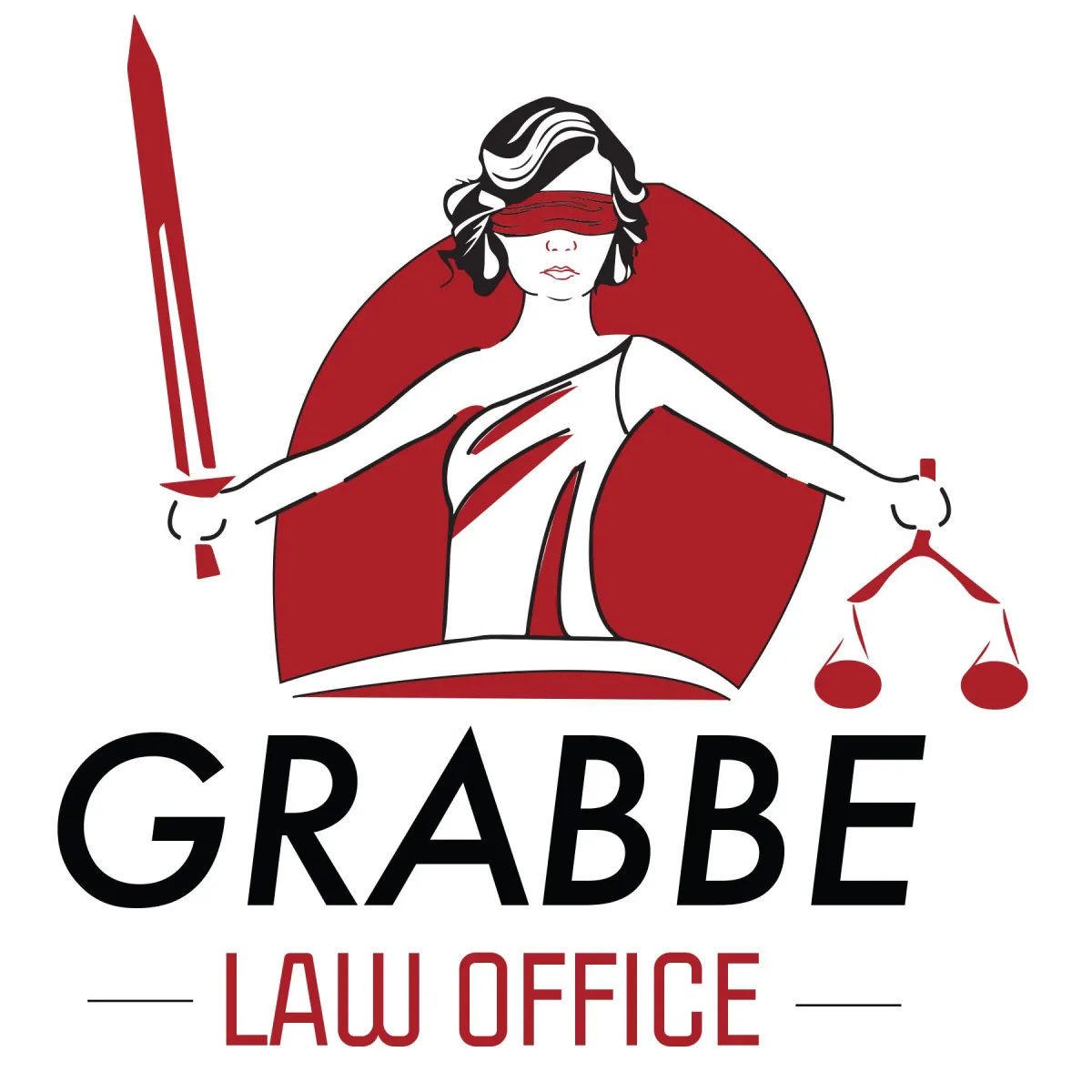Welcome to the Blog!

Common Trademark Classes
With the proper classification, you can ensure a trademark remains protected. The United States Patent and Trademark Office (USPTO) is responsible for registering trademarks in the marketplace. Before registering a new product or service, make sure that you understand the common trademark classes. If you would like to learn more about patents and trademarks, consider contacting an experienced Kansas intellectual property attorney at Grabbe Law Office by calling 785-621-4711 or scheduling a 15 minute free consultation on our calendar.
What Are Trademark Classes?
When filing a trademark application, you must properly categorize the products or services being trademarked. These classifications serve as a way to clearly define the intended use of the trademark in the marketplace. In some cases, it may be beneficial to file the trademark under multiple classes to ensure comprehensive protection under the law. The process of selecting the appropriate classes can be complex, particularly for trademarks that represent unique or unconventional goods or services.
Trademark classes serve two key purposes for businesses and individuals:
· They serve to place a product or service into a specific area, giving the owner exclusive usage rights in that area.
· They provide notice of the existence of similar trademarks within a specific class to other trademark owners or those applying for a trademark.
What Is the Difference Between a Product and a Service Trademark?
Product trademarks are one of the most commonly recognized forms of trademarks. They serve as an identifier for a wide range of physical goods. Also, these trademarks help consumers to differentiate between similar products from different manufacturers. Product trademarks apply to a wide range of items, including clothing, electronics, food and beverages, jewelry, and other consumer goods. The trademark symbol is usually displayed on the product or its packaging, showing that the trademark owner protects the product.
On the other hand, service trademarks identify the source of a service provided to consumers. Service trademarks are used for services that do not result in the sale of a physical product. Instead, they are used to identify a service provider and distinguish between similar services from different providers. Some examples of services that may be trademarked include advertising, financial services, medical services, and transportation services. Generally, service trademarks used in advertising materials, brochures, business cards, and other marketing materials fall into this class. If you would like to learn more about specific trademark classes and the registration process, please consider reaching out to the experienced IP attorneys at Grabbe Law Office.
What Are the Common Trademark Classes?
Identifying the right trademark class for a product or service can be complex. In many cases, it requires thorough research. If any applicant makes an incorrect classification, it could result in rejection from the United States Patent and Trademark Office without any reimbursement of the application fees. Since there is a significant cost associated with trademark registration, applicants will want to make sure they have selected the appropriate classification for their products or services. There are 45 classes, with classes 1 through 34 representing physical goods and products, and classes 35 through 45 representing various services.
Here are some trademark classes that are typically used for most goods and services:
Class 1: Chemicals
This class encompasses a range of chemicals used in the agriculture, forestry, and horticulture industries. These products can include adhesives, food preservatives, raw plastics, fertilizers, tempering agents, and fire-extinguishing compositions.
Class 9: Electrical and Scientific Apparatus
This class covers various electrical and technological goods, including software, computers, smartphones, and mobile applications. In some circumstances, fire-extinguishing apparatus may also fall under this class.
Class 10: Medical Instruments
Class 10 medical instruments include all surgical, dental, and veterinary instruments and apparatus.
Class 14: Jewelry Products
Precious metals, goods made of minerals, and products coated with precious metals and jewelry are part of this classification.
Class 18: Leather Products
This trademark classification covers leather products, including animal hides, harnesses, saddlery, umbrellas, bags, and trunks.
Class 25: Clothing
Clothing, footwear, and headwear are part of this trademark class.
Class 32: Non-Alcoholic Beverages and Beer
This class covers non-alcoholic beverages, including syrups, fruit drinks used in beverage production, and beer.
Class 35: Business and Advertising Services
Public relations, clerical, advertising, and human resources services fall into the Class 35 designation.
Class 42: Scientific and Technical Services
Technical and scientific services in this classification can include clinical trials, biological research, graphic design, and weather forecasting.
What Are the Benefits of a Trademark Class?
Registering a trademark class provides numerous benefits for businesses and individuals. One of the primary benefits is distinguishing one's goods or services from others in the marketplace. With that, it helps protect the brand's unique identity and prevents confusion among consumers. Another key benefit of having a trademark class is that it enables trademark holders to coexist in the market as long as the marks are being used in connection with different products or goods. Classification also makes it easier to search for existing trademarks and determine if another trademark is already used in a specific class. This information is readily accessible through the United States Patent and Trademark Office.
Overall, having a trademark class ensures that a mark remains protected, helping to avoid potential legal disputes. It also allows businesses and individuals to understand the marketplace better and make informed decisions about using their trademarks.
How Do I Choose the Right Trademark Class?
Selecting the appropriate trademark class can be complicated. However, it is important to choose classes that pertain to the services or products offered or intended to be offered to consumers. Applicants will not want to overload the trademark application with an excessive amount of classes since trademark fees are calculated based on the number of classes, meaning a large number may increase the registration cost. Remember that the USPTO also requires evidence of use or intent to use for all goods and services listed in the trademark application.
Schedule a Free Consultation with an Experienced Trademark Attorney Today
With all these trademark classes, selecting the most appropriate class for your services and goods is important. In some instances, filing under multiple classes may be necessary to ensure the fullest extent of trademark protection under the law. If you would like to know your trademark class options, consider scheduling a free consultation with Grabbe Law Office. You may also call the office at 785-621-4711 to schedule an appointment.








